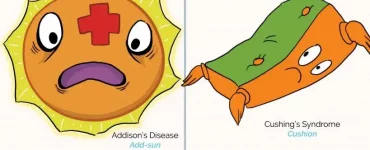Do you have Picmonic on your rotation to learn Vasculitides? It should be one of your top resources to learn everything from Takayasu Arteritis to Microscopic Polyangiitis. Make this the year you master your study habits and retain information to sail through exams!

What is Vasculitides?
Vasculitides is the plural of the term “vasculitis”. It is a group of rare diseases characterized by inflammation of blood vessels. In this disease, the body’s immune system mistakenly attacks the blood vessels causing inflammation along with a variety of symptoms and complications. Vasculitides can range from mild to severe and can affect various parts of the body, including joints, internal organs and even the skin.
Types of Vasculitis
There are many types of vasculitis and they are characterized based on the size of the blood vessels affected and the specific clinical features. The main types of vasculitis include:
- Large Vessel Vasculitis: Where large arteries are affected, such as the aorta and its branches. Examples of Large vessel vasculitis include Giant Cell Arteries (GCA) and Takayasu’s arteries.
- Medium Vessel Vasculitis: Where medium-sized arteries are affected. Examples of medium vessel vasculitis include Polyarteritis Nodosa (PAN) and Kawasaki disease.
- Small Vessel Vasculitis: Where smaller blood vessels such as arterioles, venules and capillaries are affected. Examples of small vessel vasculitis include Granulomatosis with Polyangiitis (GPA), Microscopic Polyangiitis (MPA), and Churg-Strauss syndrome (now known as Eosinophilic Granulomatosis with Polyangiitis (EGPA).
Master and learn about vasculitides by leveraging Picmonic’s visual aids and mnemonics. It can be a great valuable resource for anyone trying to understand this complex topic.













